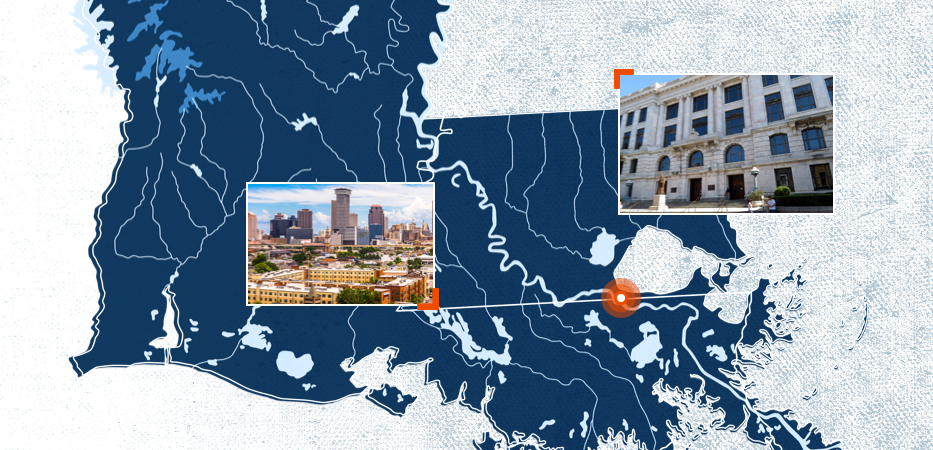Background
When the City of New Orleans joined the Safety and Justice Challenge in 2015, the city incarcerated nearly twice as many people each year as the national average and had a jail population of over 1,500.
Most people jailed (89%) in New Orleans were awaiting a disposition, meaning they had not been tried or convicted of a crime, and thus, constitutionally, were still considered innocent.
People of color were over-incarcerated in the jail. Black men were arrested at twice the rate of white men, while black women were arrested at 1.6 times the rate of white women. This racial disparity is carried over into who gets detained in the jail, where Black men (15-64 years old) comprised 88% of the jail population but only made up 19% of the total New Orleans population.
One of the biggest drivers of disparities in the New Orleans jail population concerned an individual’s ability to pay bail, and in Louisiana money bail is required for every charge upon arrest. Many people were incarcerated because they are poor, not because they pose a risk to the community.
Roughly 30% of the jail population were people with mental health issues and nearly 15% of the population reported a substance use disorder.

